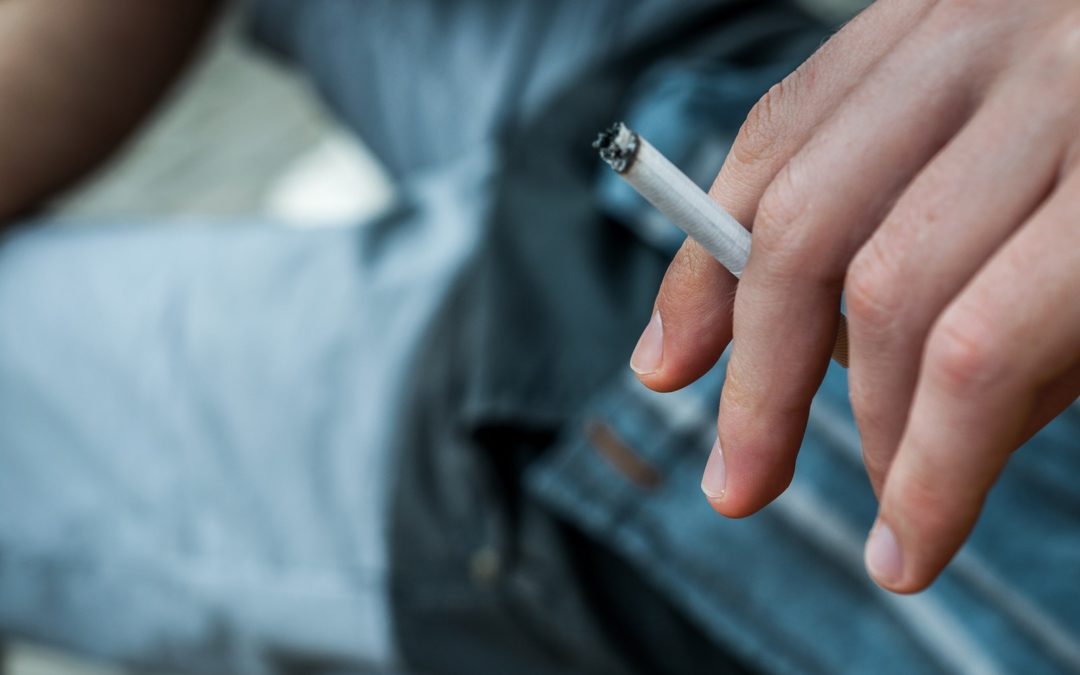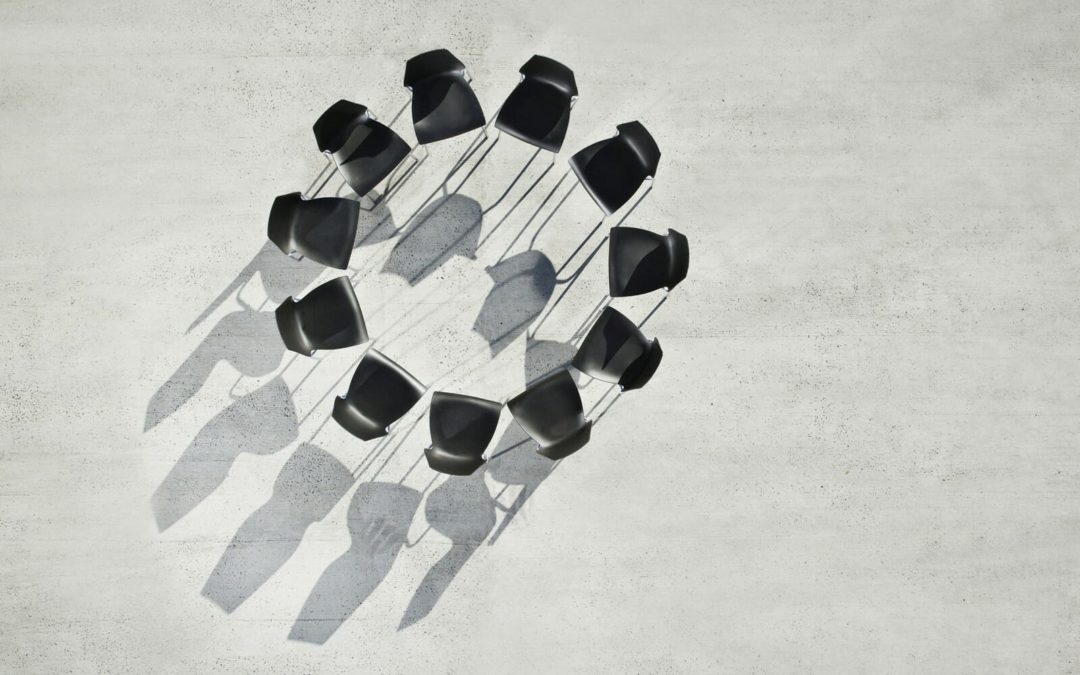Table of Contents
Around the globe, mental health challenges are on the rise among youth. According to the National Institute of Mental Health, over 40% of teens in the US struggle with a mental health problem or behavioral disorder [1].
Teens are in a unique stage of life characterized by biological changes, transitions in their environment, and social influences. These can all increase their risk of developing a mental health condition.
Read on to learn what the most commonly diagnosed mental health disorders are in teens, the long-term effects, and treatments to help them recover.
Common Mental Health Disorders in Teens
According to the World Health Organization, over half of mental health disorders begin to emerge in adolescence around the age of 14. They can be caused by genetics, stress, trauma, other environmental influences, or a combination of these [2]. We have included a short guide of some of the most common mental health disorders that teens struggle with below.
Depression
Depression is one of the most widely discussed mental health disorders, affecting millions of Americans. Major Depressive Disorder is the most common type and is also referred to as “clinical depression.” It affects around 20% of teens each year [3].
According to the DSM-5, the criteria for a teen to be diagnosed with depression include:
- 5 symptoms for at least 2 weeks
- Symptoms affect daily functioning
- Symptoms are not attributable to another medical condition
- Depressed mood and/or loss of pleasure or interest in daily activities must be present
Effects of Teen Depression
Although many parents think of depression as simply being sad, there are a variety of ways depression can present itself that are sometimes overlooked. Untreated depression in adolescence can affect various areas of a teen’s life and follow them into adulthood if untreated.
Some of the common warning signs of depression in teens include:
- Sadness or hopelessness
- Feelings of worthlessness or guilt
- Loss of interest or pleasure in daily activities
- Lack of motivation
- Isolation and social withdrawal
- Fatigue
- Sudden decline in school
- Aggression or angry outbursts
- Changes in sleep/appetite
- Frequent stomach problems or chronic headaches
- Thoughts of self-harm or suicide
- Substance abuse
Treatment for Teen Depression
Fortunately, as research in the mental health field continues to grow, so do treatment options to support teens with depression. With early intervention and treatment, depression has a recovery rate of 92% [4]. A combination of therapy, medication, and support in the home can drastically improve recovery outcomes.
Two of the most common treatments for teen depression include:
- Cognitive Behavioral Therapy is the most popular treatment for depression. It focuses on breaking negative thought cycles, building self-esteem, developing positive coping skills, and setting goals in and outside treatment.
- Selective Serotonin Reuptake Inhibitors, better known as SSRIs, are a class of antidepressants commonly prescribed for teenage depression. They increase serotonin levels in the brain—which can improve mood, emotions, and sleep. Common SSRIs prescribed to teens may include Fluoxetine (Prozac), Escitalopram (Lexapro), and Setraline (Zoloft).
Anxiety
Anxiety disorders are the most common mental health problem in teens, affecting around 31.9% of adolescents. Anxiety increases activity in the nervous system and puts the body into “survival mode,” even if no physical threat or danger is present.
Teens often report academic stress as the number one cause of their anxiety. The most commonly diagnosed anxiety disorder in teens is Generalized Anxiety Disorder (GAD)[1].
According to the DSM-5, the criteria to be diagnosed with GAD include:
- Excessive anxiety and worry occur for at least 6 months and are present most days about multiple events or activities such as school, work, or relationships.
- It is difficult to control one’s thoughts
- Feelings of anxiety and worry are associated with 3 or more of the following symptoms:
- Restlessness or feeling on edge
- Easily fatigued
- Irritability
- Muscle tension
- Trouble concentrating
- Difficulty falling asleep
Effects of Teen Anxiety
Untreated anxiety in adolescents can wreak havoc on their quality of life. It can make it difficult for them to function, achieve their goals, and manage relationships. Some of the other long-term effects of teen anxiety include:
- Decline in school
- Aggression or irritability
- Increased heart rate or blood pressure
- Dizziness, blurry vision, shaking or sweaty hands
- Physical health problems such as stomachaches, headaches, or muscle and joint pain
- Substance abuse
Treatments for Teen Anxiety
There are several evidence-based treatments that exist, as well as strategies teens can take around the home to overcome constant feelings of anxiety.
It is usually treated through a combination of therapy, medication, and activities to positively reduce stress:
- Cognitive Behavioral Therapy can help teens reduce cognitive distortions that contribute to anxiety and work through triggers or situations that make them feel anxious [5].
- Medications such as SSRIs can also be used off-label to treat anxiety in teens. For severe anxiety, anti-anxiety medications such as benzodiazepines may be prescribed. However, these have a risk for addiction and are often only used as a last resort.
- Recreational therapies such as music, art, or dance can help teens who struggle to express their feelings verbally. They are also beneficial in supporting the physical symptoms often associated with anxiety.
- Mindfulness-Based Stress Reduction are positive coping strategies teens can utilize around the home to help ease symptoms of anxiety or other mental health challenges. These may include yoga, meditation, or gratitude journaling.
Bipolar Disorder
According to the National Institute of Mental Health, around 2.9% of adolescents have bipolar disorder [6]. This is a severe mood disorder characterized by episodes of depression and mania and often emerges in the later part of adolescence. It can be hard to detect at first, sometimes mimicking other mental health conditions such as depression. Most people think of mood swings when they hear the term bipolar disorder; however, the changes in mood associated with bipolar go above and beyond typical “moody teens.”
According to the DSM-5, the criteria for bipolar disorder in teens include:
- Have had at least one manic episode preceded or followed by a hypomanic or major depressive episode
- Criteria for a manic episode include
- A period of elevated energy, irritable mood, or goal-directed activity lasting at least 1 week and accompanied by at least 3 of the following symptoms:
- Inflated self-esteem or grandiosity
- Decreased need for sleep
- More talkative than usual
- Racing thoughts
- Trouble focusing, easily distracted
- Increased activity, either goal-directed or non goal-directed
- Engaging in reckless or dangerous activities
- A period of elevated energy, irritable mood, or goal-directed activity lasting at least 1 week and accompanied by at least 3 of the following symptoms:
Effects of Bipolar Disorder in Teens
Untreated bipolar can cause severe consequences in a teen’s life that follow them into adulthood. Some of the warning signs and long-term effects of bipolar disorder in teens include:
- Conflict in relationships
- Academic decline
- Job instability
- Increased risk of substance abuse
- Increased risk of self-harm or suicide
Treatment for Bipolar Disorder in Teens
Bipolar disorder often requires long-term treatment to help stabilize one’s mood and create behavioral plans during episodes of mania. Conventional talk therapies such as CBT can help teens become more aware of their episodes and create plans for times of crisis. However, medication is also often prescribed to help regulate mood and other symptoms:
- Antidepressants such as SSRIs may be prescribed to teens as a first line of treatment to help depressive episodes
- Mood stabilizers such as Lithium is considered the standard pharmaceutical for bipolar disorder
- Antipsychotics may be prescribed for bipolar if manic or depressive episodes involve symptoms of psychosis
Trauma & PTSD
Research shows that anywhere from 15-40% of teens experience symptoms of trauma and Post-Traumatic Stress Disorder (PTSD) [1]. Trauma is caused by a threatening, dangerous, or highly stressful event that puts the body into fight or flight mode. It startles the Central Nervous System, increasing the stress response in the body that can disrupt hormones, metabolism, and neurotransmitters in the brain [7].
There are several situations that can cause trauma in youth, some of the most common include abuse, neglect, natural disasters, school shootings, medical injury, and loss of a parent or caregiver. Unresolved trauma can lead to several mental health problems, such as PTSD.
According to the DSM-5, the criteria for PTSD includes:
- Exposure to a dangerous, neglectful, or life-threatening situation
- 1 re-experience symptom is present
- Flashbacks
- Nightmares
- Intrusive thoughts or memories
- Emotional distress or physical reactivity when exposed to triggers of the trauma
- 1 avoidance symptom is present
- Avoiding thoughts, people, places, or situations that remind them of the trauma
- At least 2 negative thoughts or feelings that began or worsened after the trauma
- Isolation
- Shame
- Guilt
- Anxiety
- Depression
- Inability to remember key features of the trauma
- At least two trauma-related arousal or reactive symptoms present
- Trouble focusing
- Inability to sleep
- Hypervigilance
- Irritability or aggression
- Risky or destructive behavior
- Symptoms last for more than a month
- Symptoms interfere with daily functioning
- Symptoms are not due to medication, substance abuse, or other medical conditions
Effects of Trauma in Teens
Unresolved trauma can wreak havoc on the developing teen brain, contribute to other mental health challenges, and even increase the risk of chronic disease [7]. Some of the long-term consequences of trauma in teens include:
- Relationship problems
- Decline in school
- Isolation
- Job instability
- Increased risk of substance abuse
- Increased risk of self-harm or suicide
- Increased risk of cancer, type 2 diabetes, or autoimmune disease
Treatment of Trauma in Teens
As research around trauma grows, more mental health professionals understand that there is no one-size-fits-all approach to treating trauma.
Trauma-informed therapies focus on empowering teens, building up their strengths, helping them feel safe in their bodies, breaking thought cycles related to the trauma, and developing skills for resilience.
Some of the most effective trauma-informed therapies for teens include:
- EMDR is specifically designed for the treatment of trauma. It uses guided eye movements and bilateral stimulation to target deep memories of trauma in the brain. This makes it easier for teens to process emotional distress and work through triggers.
- Trauma-focused CBT works similarly to standard CBT but focuses on teens’ unique developmental needs and experiences.
- Dialectical Behavior Therapy focuses on the emotional aspects of healing from trauma. During sessions, teens learn interpersonal effectiveness, resilience skills, distress tolerance, and emotional regulation.
- Medications are sometimes prescribed for symptoms of depression or anxiety. Prazosin has been used to ease flashbacks or nightmares and help people with PTSD sleep.
Substance Abuse Disorders
Substance abuse among youth is a widespread public health problem affecting up to 40% of teens [8]. Untreated mental health problems, genetic vulnerabilities, and external stressors can all influence addiction in teens.
According to the National Center for Drug Abuse Statistics, some of the most common substance abuse disorders in teens include [8]:
- Alcohol: 40%
- Marijuana: 43%
- Prescription Pain Pills: 19%
- Nicotine: 10%
- Stimulants: 10%
- Psychedelics: 6%
Effects of Substance Abuse Disorders in Teens
Substance abuse can stunt brain development in teens, impact their physical health, and increase the risk of life-threatening situations such as kidney disease, liver failure, or even overdose and death. Some of the effects of being mindful of a substance abuse disorder in teens include:
- Isolation and social withdrawal
- Aggression, irritability, anger, or violence
- Decline in school
- Stealing money
- Changes in mood or personality
- Increased risk of HIV or other drug-related diseases
- Increased risk of cardiovascular, respiratory, or metabolic damage
- Overdose or death
Treating Substance Abuse Disorders in Teens
Effective treatment strategies are essential when helping teens recover from substance abuse. Most of the time, a residential treatment program or inpatient rehab is recommended to help a teen safely detox.
After rehab, ongoing therapies are recommended to help teens treat the underlying causes of their substance abuse and build positive coping strategies to keep them on the path to sobriety. Recovery from substance abuse is deeply personal, and it’s important to remember no recovery journey will look the same.
However, some common therapies a teen may participate in during substance abuse treatment include:
- Cognitive Behavioral Therapy targets negative thoughts that may drive substance abuse, sets goals for treatment, and develop problem-solving skills when brainstorming new coping strategies.
- Motivational Interviewing is a client-centered approach that focuses on motivating change in teens to break behaviors and cycles related to substance abuse.
- Family Therapy understands the value of involving loved ones in recovery, which has been linked to more successful treatment outcomes.
- Group Therapy is a large part of rehab programs for teens as this helps them foster connection with others in recovery. Support groups are an effective ongoing support for teens even after they exit treatment.
Professional Mental Health Support for Teens
At Clearfork Academy, our team of compassionate, licensed therapists understands the complex nature of mental health disorders in teens. Our residential, IOP, and PHP treatment programs are designed with structure to help teens with substance abuse disorders and mental health challenges on their path to recovery and success.
Reach out to our Admissions team to learn more.
Sources
[1] Prevalence of Mental Illness. 2022. National Institute of Mental Health.
[2] Mental Health of Adolescents. 2024. World Health Organization.
[3] Major Depressive Disorder. 2023. National Institute of Mental Health.
[4] Recovery in patients with major depressive disorder (MDD): results of a 6-month, multinational, observational study. 2017. National Library of Medicine.
[5] Treatment of Anxiety Disorders. 2017. National Library of Medicine.
[6] Bipolar Disorder. National Institute of Mental Health.
[7] Trauma and post-traumatic stress disorder in children and adolescents. 2017. National Library of Medicine.
[8] Drug Use Among Youth. 2020. National Center for Drug Abuse Statistics.
Austin Davis, LPC-S
Founder & CEO
Originally from the Saginaw, Eagle Mountain area, Austin Davis earned a Bachelor of Science in Pastoral Ministry from Lee University in Cleveland, TN and a Master of Arts in Counseling from The Church of God Theological Seminary. He then went on to become a Licensed Professional Counselor-Supervisor in the State of Texas. Austin’s professional history includes both local church ministry and clinical counseling. At a young age, he began serving youth at the local church in various capacities which led to clinical training and education. Austin gained a vast knowledge of mental health disorders while working in state and public mental health hospitals. This is where he was exposed to almost every type of diagnosis and carries this experience into the daily treatment.
Austin’s longtime passion is Clearfork Academy, a christ-centered residential facility focused on mental health and substance abuse. He finds joy and fulfillment working with “difficult” clients that challenge his heart and clinical skill set. It is his hope and desire that each resident that passes through Clearfork Academy will be one step closer to their created design. Austin’s greatest pleasures in life are being a husband to his wife, and a father to his growing children. He serves at his local church by playing guitar, speaking and helping with tech arts. Austin also enjoys being physically active, reading, woodworking, and music.





